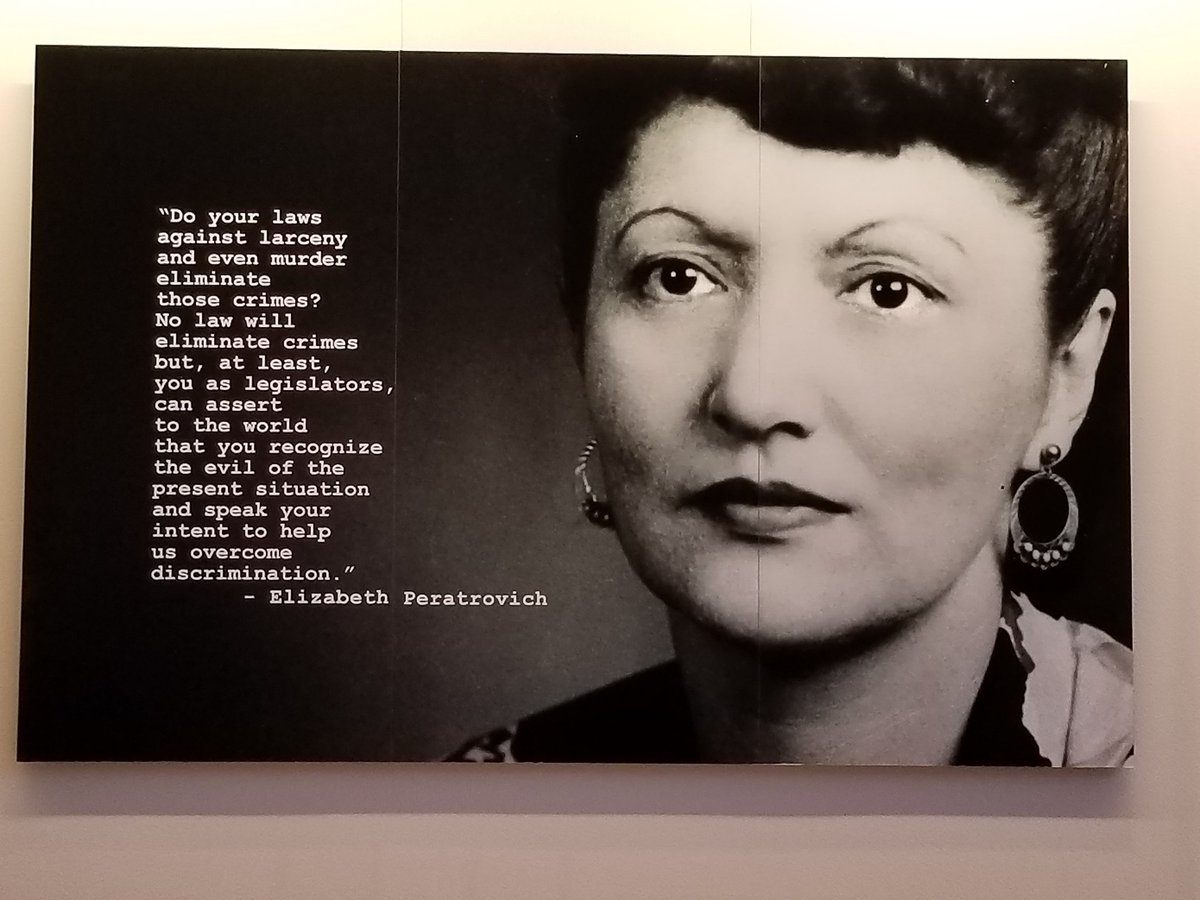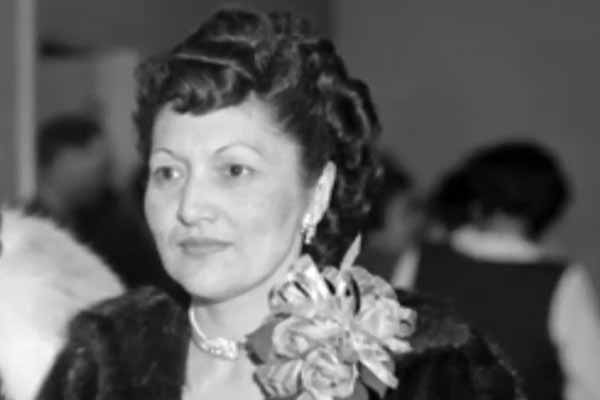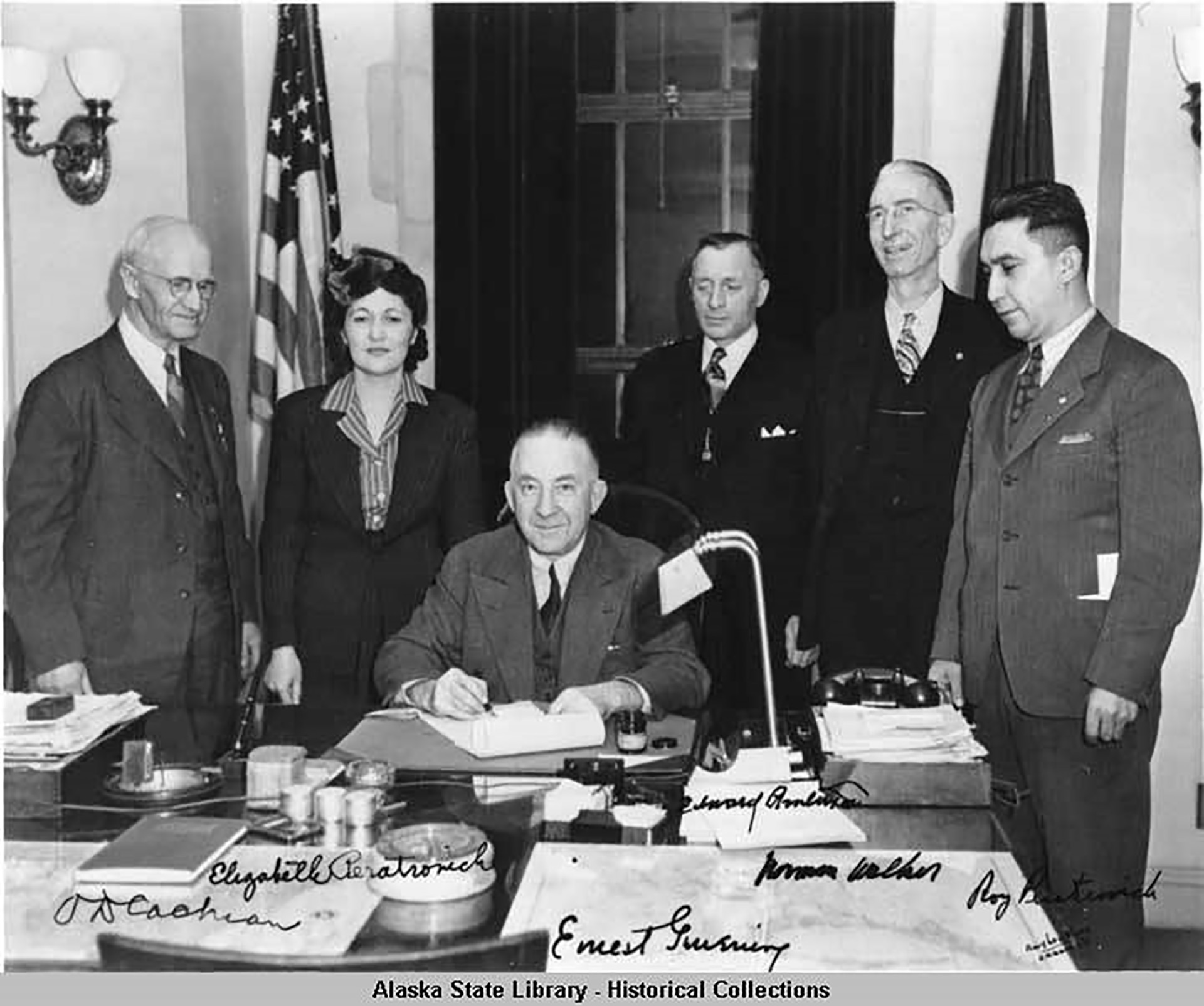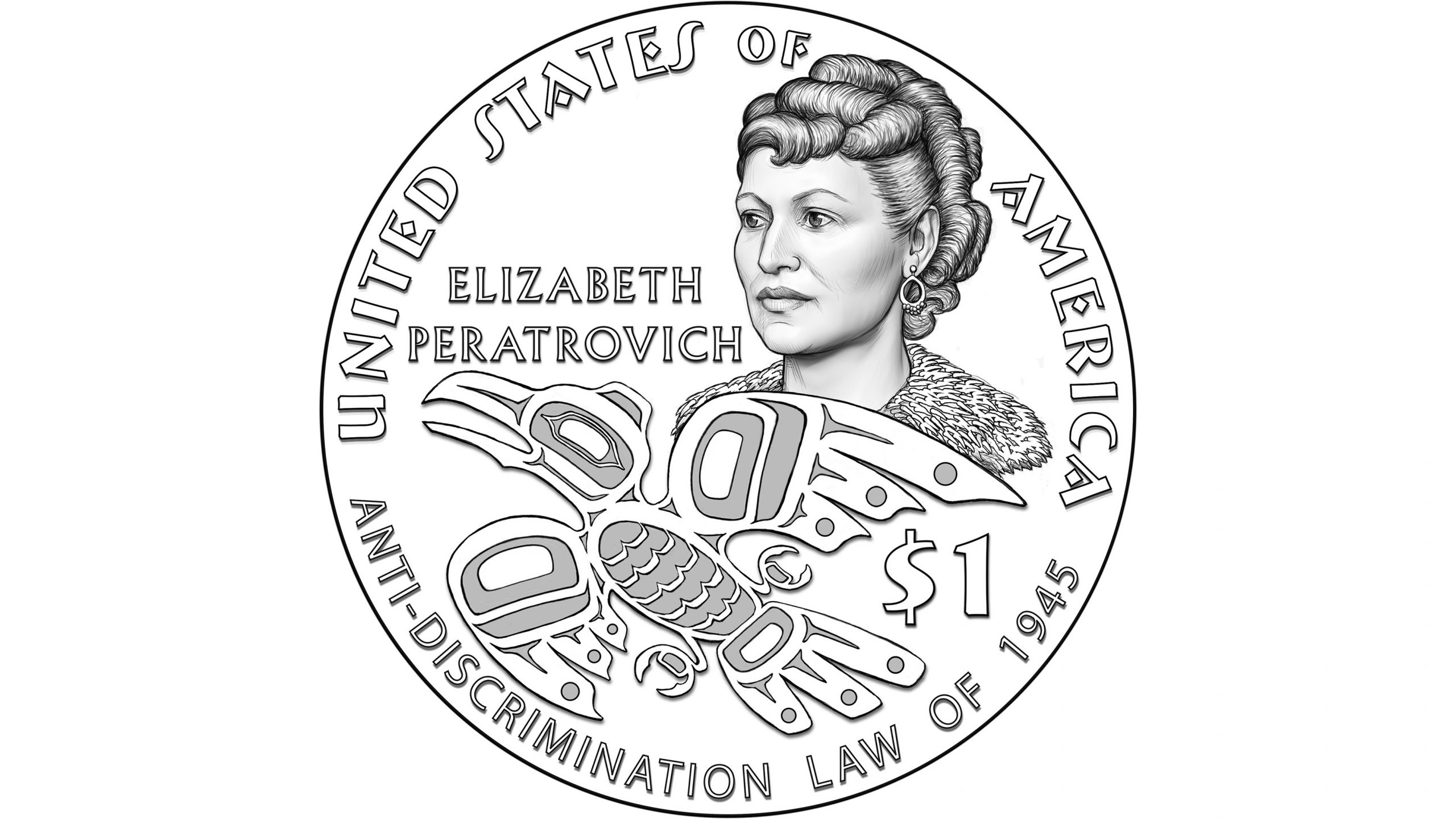Elizabeth Peratrovich was a member of the Tlingit nation, American civil rights activist, and Grand President of the Alaska Native Sisterhood. She worked for the equality of Alaska Natives.
She played a pivotal role in the passing of Alaska’s Anti-Discrimination Act of 1945 in the 1940s. The act was the first state or territorial anti-discrimination law enacted in the United States of America.
We have shared everything about Elizabeth Peratrovich and her story. Scroll down!
The story of Elizabeth Peratrovich, an American Civil Rights Activist
Elizabeth Peratrovich was born in the year 1911 as Elizabeth Wanamaker in Petersburg, Alaska. Her parents passed away when she was very young and was later adopted by Andrew and Mary Wanamaker.
Elizabeth Peratrovich’s Early Life
Elizabeth faced discrimination by the local white residents in her neighborhood when she grew up. Signs like these “No Natives Allowed,” “No Dogs, No Natives,” “We cater to white trade only” were common and there were restrictions on natives in multiple things like where they could live, which hospitals can they admitted into, and places like restaurants or theaters they could enter.
There were restrictions on getting admissions into schools as well as they could only send their children to Indian schools. Elizabeth was lucky when it comes to education as she got admission into Ketchikan High School.
Thanks to a lawsuit filed by a Tlingit leader as the school was integrated. She later completed her graduation from the Western College of Education in Bellingham, Washington
Elizabeth Peratrovich’s Marriage
She married Roy Scott Peratrovich in 1931 who was also a Tlingit. Her husband was elected as Mayor for Klawock village and Elizabeth was a member of the Presbyterian Church. The couple had one daughter (Loretta Montgomery) and two sons (Roy, Jr., and Frank).
Elizabeth and her husband were very worried about the inequality in society and racial discrimination. They later moved to Juneau in search of greater access to lawmakers who could imbibe change however they faced disappointment as there was social and racial discrimination against Alaska Native people in Juneau as well.
Elizabeth Peratrovich’s efforts in Anti-Discrimination Bill
They wrote a letter to Governor Ernest H. Gruening. saying, “The proprietor of Douglas Inn does not seem to realize that our Native boys are just as willing as the white boys to lay down their lives to protect the freedom that he enjoys.”
This was the beginning of her campaign to pass an anti-discrimination bill through the Territorial Legislature with the help of Governor Gruening. However, the bill failed in the House by a tie vote in 1943. In spite of the setback, both Elizabeth and her husband traveled extensively throughout the State pursuing Native Americans to participate in their fight for justice.
A couple of years later in 1945, the House passed the bill and it went to the Senate where it had sufficient votes to pass the bill. Senator Allen Shattuck, an opponent of the bill asked, “Who are these people, barely out of savagery, who want to associate with us whites with 5,000 years of recorded civilization behind us?”
Elizabeth who used to knit when she attended legislative sessions, spoke during the public comment period, “I would not have expected that I, who am barely out of savagery, would have to remind the gentlemen with 5,000 years of recorded civilization behind them of our Bill of Rights.”
When Elizabeth described the humiliation and restrictions faced by her family the senator asked if she was under the impression that the discrimination will end post the passage of the bill.
She replied, “Do your laws against larceny and even murder prevent those crimes? No law will eliminate crimes but at least you as legislators can assert to the world that you recognize the evil of the present situation and speak your intent to help us overcome discrimination.”
The bill was later passed by the Senate that was described by one member as, “was forced to a defensive whisper at the close of that senate hearing by a five-foot five in Tlingit woman.”
The country’s first anti-discrimination law was approved by Governor Gruening on 16th February 1945.
It said, “All citizens,” section 1 stated, “shall be entitled to the full and equal enjoyment of accommodations, advantages, facilities and privileges of public inns, restaurants, eating houses, hotels, soda fountains, soft drink parlors, taverns, roadhouses, barbershops, beauty parlors, bathroom, resthouses, theaters, skating rinks, cafes, ice cream parlors, transportation companies, and all other conveyances and amusements, subject only to the conditions and limitations established by law and applicable alike to all citizens.”
A person found violating the law would be fined up to $250 or subject to imprisonment for a maximum of 30 days.
Elizabeth Peratrovich’s Death
The Peratrovich family then relocated to different places like Antigonish, Nova Scotia, Canada. Their son Roy was the first Alaskan to study the fishing industry at St. Francis Xavier University on a United Nations fellowship.
Elizabeth Peratrovich died at the age of 47 in 1958, after battling breast cancer. She was buried at Evergreen Cemetery in Juneau, Alaska.
Her elder son, Roy Jr. became a noted civil engineer in Alaska who designed the Brotherhood Bridge in Juneau while her younger son, Frank, joined the Bureau of Indian Affairs in Juneau as the Area Tribal Operations Officer.
Remembrance of Elizabeth Peratrovich
After 44 years post the passage of the law by Governor Gruening, February 16 was established as “The Annual Elizabeth Peratrovich Day.”
Last year in February 2020, the US government has decided to release five million $1 coins commemorating the Anti-Discrimination Law of 1945 on the occasion of the 75th anniversary of the bill.
One side of the coin will feature a photo of Elizabeth Peratrovich along with the name of the legislation, and the symbol of the Tlingit Raven moiety of which she was a member and the other side of the coin will feature the traditional image of Sacagawea.
Patrick Hernandez, Chief Administrative Officer of the U.S. Mint, during the unveiling ceremony of the coin design in October 2019, said, “This coin will be a lasting tribute to Elizabeth Peratrovich and her relentless efforts to tear down the wall of discrimination against Alaskan natives. We will proudly produce this coin that honors her bravery and determination.”





